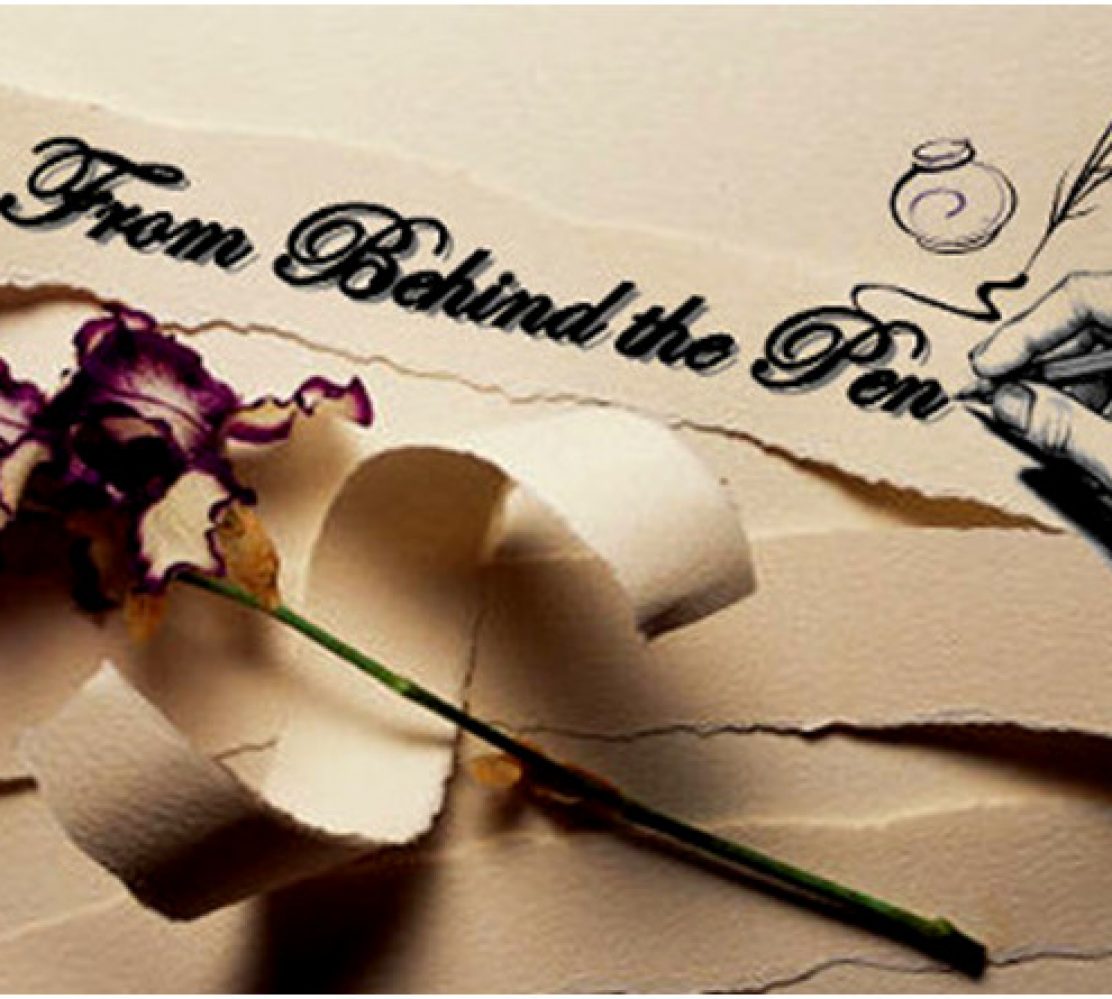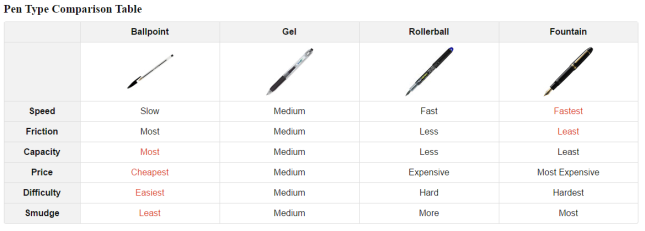Image Credit: energepic.com
I know that I’ve played this tune time and time again, but I am grief-stricken over the fact that due to the insane surge of modern technology, the art of handwriting and good penmanship has disappeared from schools. I am dismayed we are now living in a world where penmanship is becoming a lost world of beauty, art, and hand-written communications. The good thing is that there is a handful of schools, teachers, parents, and tutors who are implementing the technique and practice of handwriting with their students and children. I applaud that.
There is an even brighter light shown on the importance of handwriting and its connection to neuroscience pointing to the benefits of writing by hand.
One recent post on Psychology Today, for example, notes that “handwriting stimulates [the genesis of] complex brain connections essential in encoding new information and forming memories.” Studies employing high-density electroencephalogram technology point to the conclusion that note-takers, grocery-list compilers, and those who make calendar entries by hand are more likely to better retain the information. Entering information by hand also heightened the speed of recall by as much as 25% (not relying on a smartphone or personal information management” software).
The act of learning to write handsome, fluent calligraphy, and personal letters expresses creativity, individuality, personality, and communication skills in an artistic and regal way. Since cursive writing was required to be learned by second grade, my mother would always have us practice our writing, especially when she would tell us it looked like chicken-scratch. UGH! But you know what? I am so glad that she did. Perhaps that’s why I do a lot of writing, doodling, and journaling by hand every day, for the fringe, health, and lifestyle benefits.
Still, we can find balance in traditional handwriting instruction, coupled with digital literacy. It doesn’t have to be one without the other.
Image Credit: Katya Wolf











 Initially, when I set out on my quest to purchase a writing desk for my office, I did not entertain the idea of buying an industrialized looking desk, or a heavy executive style that would inevitably overwhelm the room. Scanning through the numerous types of desks, I searched for styles that would appeal to my decorating preference, as well as falling within my budget. Surprisingly, I discovered that all writing desks are not created equal.
Initially, when I set out on my quest to purchase a writing desk for my office, I did not entertain the idea of buying an industrialized looking desk, or a heavy executive style that would inevitably overwhelm the room. Scanning through the numerous types of desks, I searched for styles that would appeal to my decorating preference, as well as falling within my budget. Surprisingly, I discovered that all writing desks are not created equal.